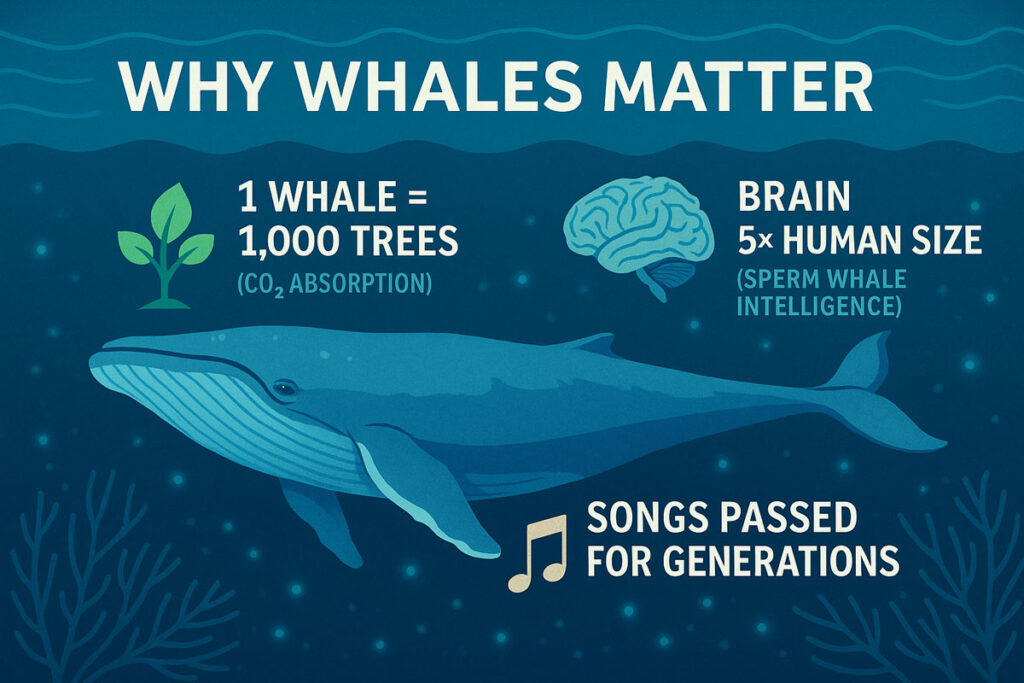The Sierra and Paul Watson: Hello friends, today we will learn about a story that is an example of human courage, love for the environment and sensitivity towards animals. This is the story of the world’s most dangerous whale hunting ship ‘The Sierra’ and a fearless environmental activist Paul Watson who sank it.
The Sierra: Killer of 25,000 whales
In 1979, a ship called The Sierra was hunting whales in the Atlantic Ocean. Its method was extremely cruel. Whales are extremely intelligent and sensitive creatures. If one whale gets hurt, the other whales come to help it. The Sierra hunters took advantage of this.
They used to attack a whale using a 2500 kg harpoon gun. The harpoon would enter the whale’s body and explode like a bomb. The poor whale would start bleeding, scream, and hearing its screams, other whales would come to help it. Taking advantage of this opportunity, these hunters would hunt all the whales.
- The Sierra: Killer of 25,000 whales
- 16 July 1979: Paul Watson’s Revenge
- Paul Watson: The Story of an Environmental Warrior
- Start of Greenpeace and opposition to nuclear testing
- The intelligence of whales and their importance
- The war against whale hunting
- The War Against Japan’s Whale Hunters
- International escape and arrest
- Conclusion: A Hero’s Legacy
Thus, the Sierra killed more than 25,000 whales. The ship was so notorious that it was banned from entering many ports around the world and arrest warrants were issued against most of its crew members.

16 July 1979: Paul Watson’s Revenge
On July 16, 1979, the Sierra was whale hunting about 200 miles off the coast of Portugal. The hunters thought they would have a successful day, but suddenly a ship came at full speed and collided with the Sierra.
Before the Hunters could understand, the ship turned back and hit again. This time the collision took place on the left side of the ship. This ship was written “Sea Shepherd” and it was being piloted by Captain Paul Watson.
The captain of The Sierra took out his rifle and fired at Paul Watson, but by then Paul had accomplished his goal—he had permanently damaged The Sierra.
2 hours later, the Portuguese Navy arrived and arrested Paul Watson. But no one came forward to claim ownership of The Ceará, and Paul was released.
A few months later, in 1980, Paul Watson’s men planted mines in The Sierra, completely sinking it.
Paul Watson: The Story of an Environmental Warrior
Paul Watson is an environmental activist who some call an “eco-pirate” and even an “eco-terrorist.” He was born in Canada in 1950. He had a difficult childhood—his father was abusive and his mother died when he was young.
But since childhood he was very fond of animals. His best friend was a wild beaver, whom he called “Bucky”. One day Bucky died after getting trapped in an animal trap in the forest. After this, Paul started spending most of his time in the forest breaking traps.
The shock of seal hunting
When Paul was 11, his uncle took him to a seal hunt. Seals were brutally killed for their skins. Paul was shocked to see this scene.
At the age of 16, he ran away from home and moved to Vancouver, where he met some environmental activists.
Start of Greenpeace and opposition to nuclear testing
In 1970, the US planned nuclear testing on Armachitka Island, Alaska. It was a wildlife sanctuary, and the first test in 1965 killed hundreds of sea otters.
In protest, the “Don’t Make a Wave” committee was formed, which chartered two fishing vessels—the Greenpeace and the Greenpeace Two—in 1971. Paul Watson was part of the crew.
Their plan was to take their ships to the testing site so that the scientists would not drop the bomb without seeing humans there. But the government told them the wrong testing site, and the bomb exploded at the real place. This bomb was 200 times more powerful than the Nagasaki bomb, killing 10,000 fish and 1,000 sea otters.
Although the campaign failed, it garnered so much publicity that the US canceled all future nuclear tests. This “Don’t Make a Wave” committee later became “Greenpeace”.
The intelligence of whales and their importance
In 1973, Paul Watson became interested in whales when Canadian biologist Paul Spong invited him to study the first captive orca whale at the Vancouver Aquarium.
Paul Spong observed that the whales were deliberately giving the wrong answers—that is, they were playing with their minds! This made him realize that whales are even more intelligent than humans.
Some interesting facts about whales:
- The blue whale is the largest animal on Earth—even bigger than the dinosaurs!
- The sperm whale’s brain is 5 times larger than that of a human.
- Whales have greater emotional intelligence than humans.
- They communicate in their own languages and pass their songs from generation to generation.
- Whales form complex societies and care for their old and young.
Whales and Climate Change
Whales play an important role in fighting climate change. Their poop contains nutrients that help phytoplankton (sea plants) grow. These phytoplankton:
- Absorb 40% of carbon dioxide from the atmosphere.
- Produce 50% of the world’s oxygen.
That means, the more whales there are, the healthier our planet will be.
The war against whale hunting
In 1975, Greenpeace launched the “Save the Whales” campaign. They first targeted Soviet whale hunting ships off the coast of California, USA.
At first, Greenpeace used non-violent methods—they approached ships in small boats and urged them to stop. But Paul Watson felt that wasn’t enough.
The whale’s death changed Paul’s life
In 1975, an incident shook Paul Watson. As he rowed his boat in front of a Soviet ship, a whale was harpooned and killed. A second whale nearby tried to attack but was also shot.
Paul was right next to the dying whale. He said there was wisdom in its eyes—it knew Paul had come to save it. This moment changed Paul’s life.
Separation from Greenpeace and establishment of “Sea Shepherd”
In 1977, Paul Watson was fired from Greenpeace after he snatched a seal hunter’s weapon and threw it overboard. Greenpeace believed in nonviolence, but Paul felt that direct action was sometimes necessary.
He formed his new organization “Sea Certard”, whose logo was the flag of pirates. His motto was- “If someone is doing whale hunting, then we will directly hit his ship.”
The War Against Japan’s Whale Hunters
In 1986, the International Whaling Commission banned commercial whale hunting. But Japan continues to kill up to 1,000 whales each year in the name of “scientific research.”
Paul Watson repeatedly rammed, threw acid, and even sank Japanese whaling ships to stop them.
In 2006, they intercepted Japanese ships near Antarctica, where they hunt whales each year. In 2010, the Japanese ship Shonan Maru 2 rammed the Sea Shepherd ship Eddie Gil, breaking it in two.
Following this, Japan issued an arrest warrant against Paul Watson.
International escape and arrest
In 2012, Paul Watson was arrested in Germany. He was granted bail, but when he learned Japan was seeking his extradition, he fled to Antarctica.
In 2024, he was arrested again in Greenland, but Denmark rejected Japan’s extradition request.
Conclusion: A Hero’s Legacy
Paul Watson saved more than 6000 whales in his life. He says—
“Humans are like a virus, destroying their own planet. If we don’t change, we will become extinct like the dinosaurs.”
Even today, at the age of 74, Paul Watson is preparing to launch his new campaign in June 2025.
What do you think?
Is Paul Watson’s method correct? Is violent action justified to save animals? Tell us in the comments below!
Source:
- Paul Watson interviews
- Sea Shepherd official documents
- History of Greenpeace campaigns
Also Read….
- GST Return Filing प्रकिर्या की पूरी जानकारी [2025] 💼
- How to enable voice typing in whatsapp [2025] ?
- Hammer of Thor Capsule: पुरुषों में सेक्स छमता बढ़ाने की सच्चाई [2025]
- Product Custom Bid in GeM के लिए कैटलॉग बनाना सीखें?
- लिव 52 सिरप का फायदा और उपयोग के बारे में जानें
- SIAM HSRP Number Plate Booking Online 2025
#SaveTheWhales
#PaulWatson
#OceanActivists
#OceanConservation
#StopWhaling
#MarineLife
#ProtectOurOceans
#ExtinctionEndsHere




